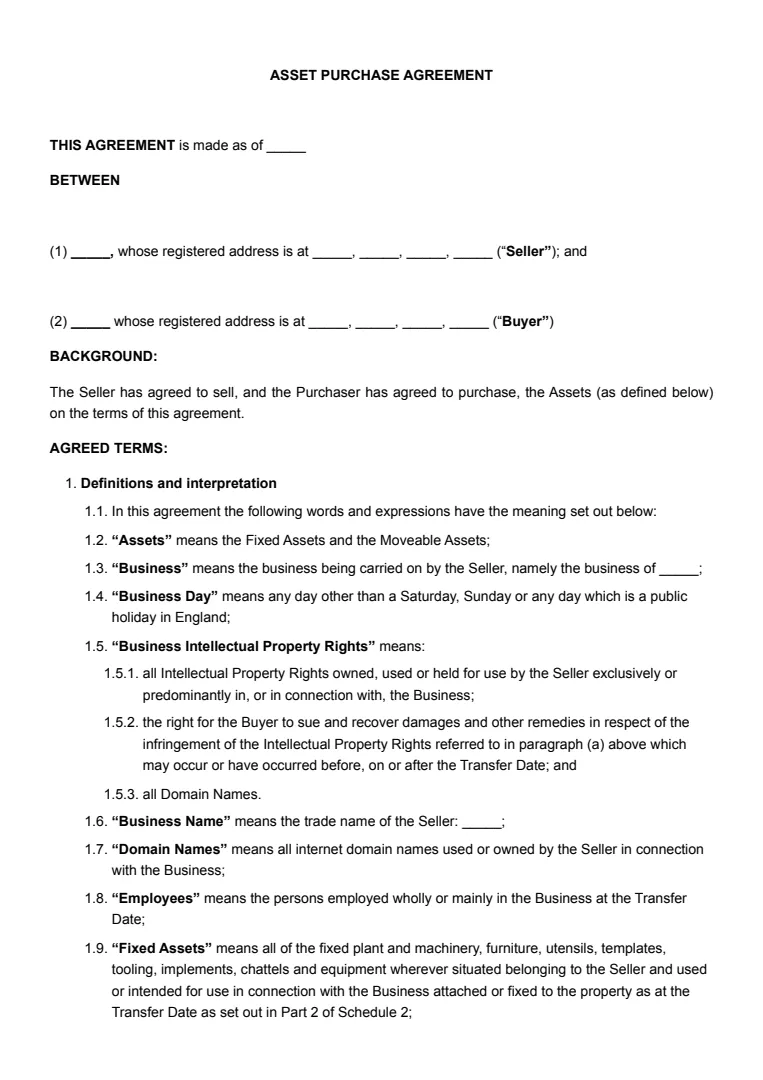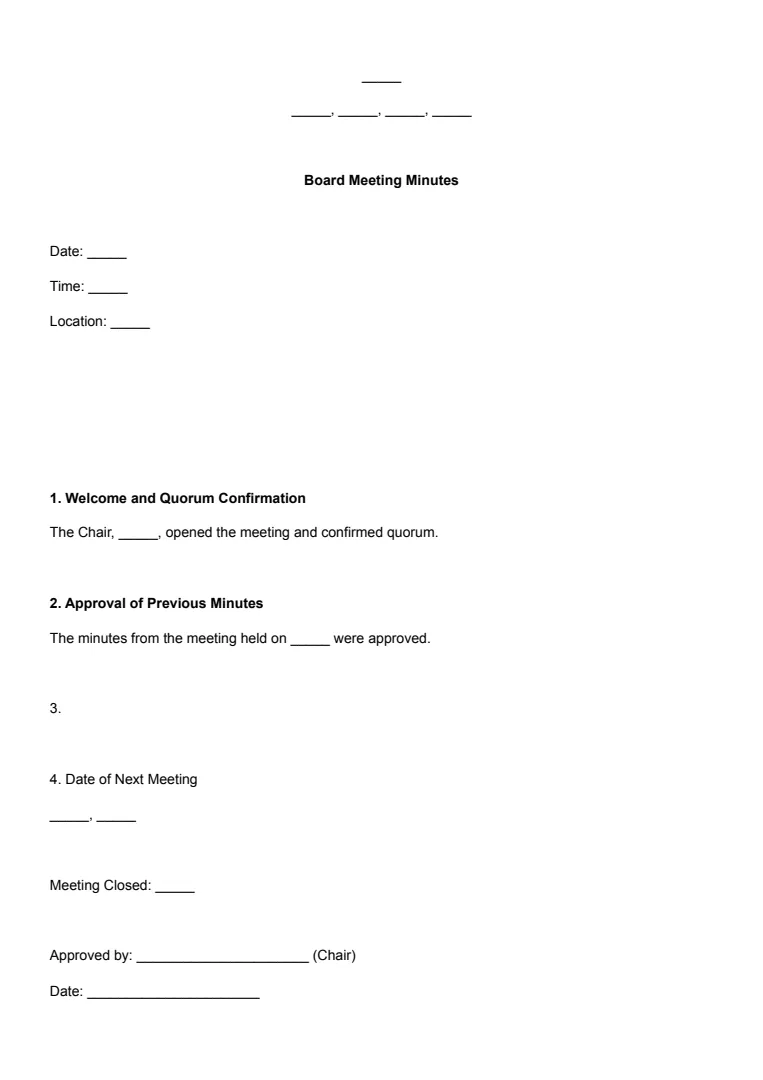What Is a Stock Transfer Form?
A stock transfer form is a key document used to transfer shares from one party to another in a company. Whether it's a UK or overseas company, these forms capture essential details of the transaction.
You'll find information such as the number of shares being transferred, their class and type, and the details of both the seller and the buyer. This makes it clear who is transferring what to whom.
The form serves as a record and must be completed precisely to ensure legal compliance. It helps keep things transparent and traceable, which is important for both private and public companies.
To get a stock transfer form, you might reach out to brokers, company registrars, lawyers, or accountants, especially if they frequently handle share transfers. Once filled out, this form usually needs to be submitted for stamping by HMRC within 30 days of being completed.
For smaller transactions under £1,000, no stamp duty is required. This reduces some financial burden in minor transactions, making the process a bit more cost-effective.
In many cases, these forms use the standard J30 template, which is widely recognised and used. This ensures consistency and adherence to regulations.
Properly managing this form is essential for successful share transfer and compliance with legal obligations.
When Is a Stock Transfer Form Needed?
You need a stock transfer form when you want to transfer shares from one person or entity to another. This might occur if you're selling shares, gifting them, or even transferring them within a family. The form records details about the transaction, making it a crucial document in the process.
Stock transfer forms are also required when companies reorganise or merge. During such events, shares often change hands, necessitating the need for this form.
The document ensures all relevant information about the transaction is accurately captured, providing transparency and legal compliance.
If the share transfer involves any consideration, meaning a payment or exchange of some kind, it's important to document this on the form. This includes specifying the value exchanged for the shares.
Examples of a stock transfer form include:
- Gift Transfers: When transferring shares as a gift without any consideration.
- Sale of Shares: Involves exchanging shares for money or other assets.
- Corporate Restructuring: For example, mergers, where shares are reallocated within the company.
How to Write a Stock Transfer Form
Creating a stock transfer form is a crucial part of transferring shares. Here's how you can do it step-by-step.
Step 1: Identify the Transferor and Transferee
Start by clearly identifying the transferor, the person or entity transferring the shares, and the transferee, the person receiving them.
Ensure that both parties' full legal names and addresses are accurately included.
Step 2: Detail the Shares Involved
Next, specify the details of the shares being transferred.
Note the number of shares, the type of shares (e.g., ordinary, preference), and their class (e.g., A shares, B shares). This could involve fully paid shares or partly paid shares. Mention share certificate numbers corresponding to these shares.
Step 3: Describe the Consideration
Indicate if a payment is involved in the transfer.
If yes, it's essential to specify the amount paid as part of the share purchase agreement.
If the transfer is a gift, you should write ‘NIL’ in the payment section.
Step 4: Attach Supporting Documentation
Attach any share certificates and other relevant documents.
If you're managing a joint shareholding, ensure you have all necessary documents from co-holders.
Step 5: Check Stamp Duty Requirements
Determine if the transfer requires stamp duty. If it does, you must calculate and include the necessary payment.
Include a section for stamp duty certification, especially if using a Form J30, which is a standard document for these transactions.
Step 6: Review and Validate
Finally, thoroughly review the form for accuracy.
Use practical law resources and consult a broker or accountant as necessary. Ensuring legal compliance and accuracy is critical before sending the form to HMRC for stamping.
By following these steps, you'll have a comprehensive stock transfer form ready for submission.
















